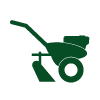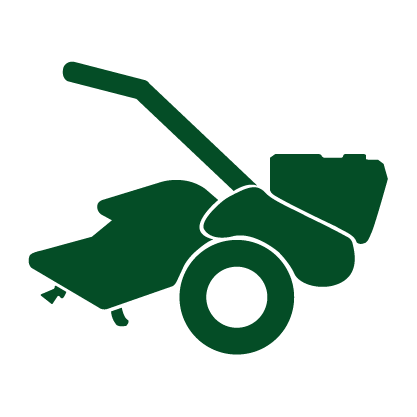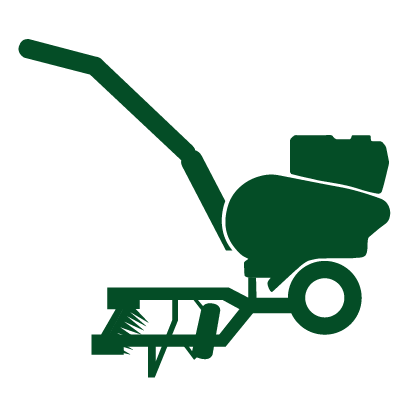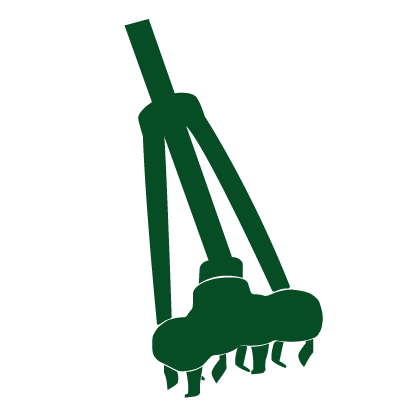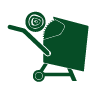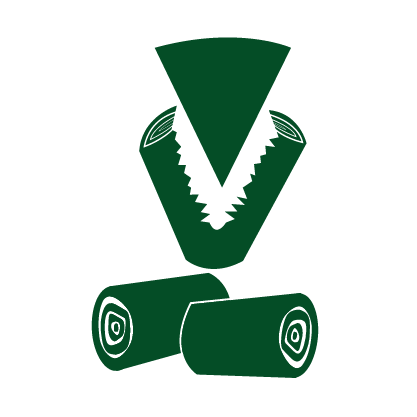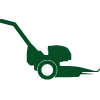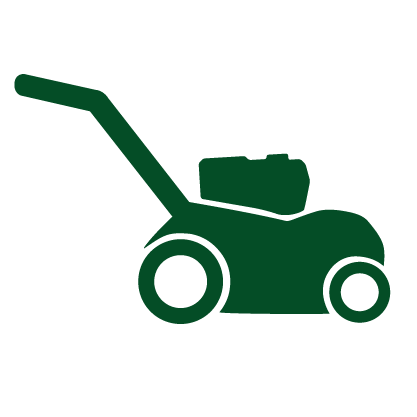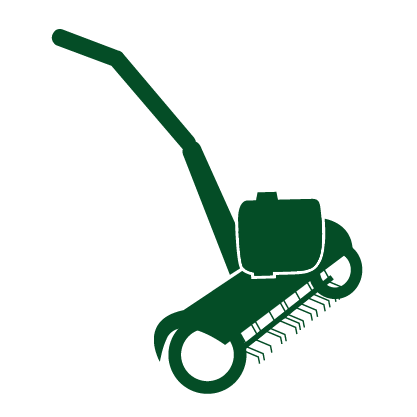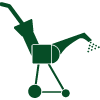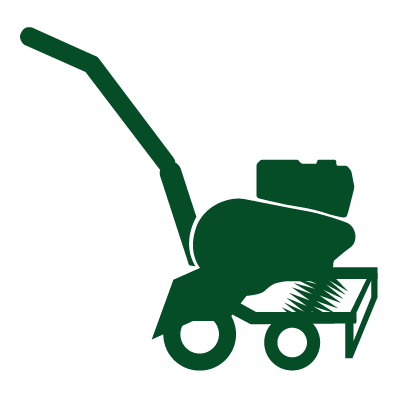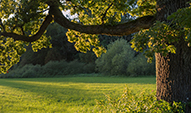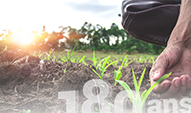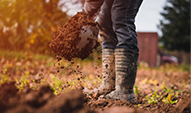GARDENING AND MAINTAIN SOIL
MAINTAIN YOUR VEGETABLE GARDEN
THE VEGETABLE GARDEN, THE ESSENTIAL PARTNER OF YOUR NUTRITION
A well maintained vegetable garden will be productive and will give you many vegetables and fruits ! It is also important to take care of it regularly and adapt your technics depending of the seasons. Discover here all our advices for the maintaining and the optimization of your vegetable garden depending of your plants.
WHY SPADE, TILL OR TURN THE SOIL OVER ?
Digging over and loosening, tilling and cultivating help to achieve certain goals. The first goal is the elimination of weeds or residue from previous plants. Digging and cultivating consist in turning the soil over, which buries plant growths that were on the surface. Tilling consists in mixing the soil and the surface growth at a lesser depth. The second goal of soil preparation is to bury fertilizer (chemical or natural) in the soil. The third objective is to bring air to the soil. This is particularly useful if the ground has been compacted in the past or if it is uneven.
SPADING, TILLING OR TURNING THE SOIL OVER - WHAT TO DO ?
Digging and loosening the soil is traditionally done by hand with a spade. This is a very good technique to get a little exercise so long as you do not suffer from back pain. It requires a certain amount of practice and skill.
Tilling is the best solution for a small garden. It allows you to work with little effort which makes gardening a lot more fun. Pubert offers a wide range of tillers one of which is sure to meet your needs.
Cultivating (turning the soil over) is best for large surfaces. Pubert offers different adaptable tillers (Quatro junior, Quatro Senior) which can be attached to a drawn and/or wheeled plow to best do this kind of
HOW TO PREPARE THE SOIL TO MAKE YOUR VEGETABLE OR FLOWER GARDEN A SUCCES.
For an unused field: If you have never had a vegetable or flower garden in your yard, it is important to remove all roots, rocks and/or tree trunks. Before turning the soil over it is recommended to have the soil tested. This will give you a more precise idea of the soil's composition and therefore its needs so far asfertilizing and amending go. The soil should be fertilizedand/or amended before any cultivation or tilling work is done. Turning over the soil with a cultivator (Quatro Junior, Quatro Senior) has the advantage of completely burying the grass or weeds that were there, thus giving you an area free of plant refuse. This is a fast and efficient method. A tiller is is much easier to maneuver (COMPACT, ECO, PRIMO CABLE CLUTCH, ELITE, PRIMO PNEUMATIC CLUTCH, PRIMO PRO). However, the work will have to be repeated several times during a season in order to fully rid the soil of old grass or weeds. The work in the fall : After harvesting, it is recommended to eliminate the crop residues and withered plants and flowers and place them in a compost pile. Be careful however, residue of disease-contaminated plants could cause new plant diseases when you apply the compost to your field. It is best to burn any contaminated residue. Amend, fertilize and turn the soil over. It is now time to amend the soil and apply manure and fertilizer and bury them with the use of a cultivator. Your garden will be prepared for a new gardening season as soon as winter ends
Turning the soil over to reduce the need for irrigation and to avoid the development of diseases.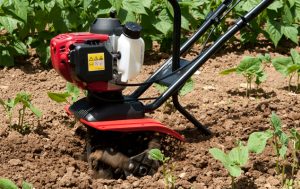
Getting rid of weeds with a tillerTo get rid of weeds, there are several different techniques. It can be done by uprooting them by hand or by chopping them with a garden spade or a hoe. Gardeners have to do this regularly but doing this by hand can get painful for one's back. PUBERT TILLERS can make getting rid of weeds effortless.
HOW TO USE A TILLER ?
What there is to know : Choose the tiller that best corresponds to the area that the soil you are working on covers and which meets your goals. Tillers (such as COMPACT, ECO, PRIMO CABLE CLUTCH, ELITE, PRIMO PNEUMATIC CLUTCH, PRIMO PRO, QUATRO JUNIOR, QUATRO SENIOR) work at a depth of 20 to 30 cm. MICRO-TILLER and MINI-TILLER are designed for surface work only. It is recommended to do two passes: the first at a surface level only to mix the fertilizer into the soil. Then, the objective of the second pass is to bury all the nutrients and weeds. If the soil that you are working on is very hard, you should repeat this step in a perpendicular direction.
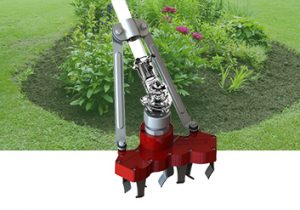
To help the machine move forward, give rhythmic, alternative pushes to the left and right side of the handlebar. When going in reverse, reduce the speed of the motor.




